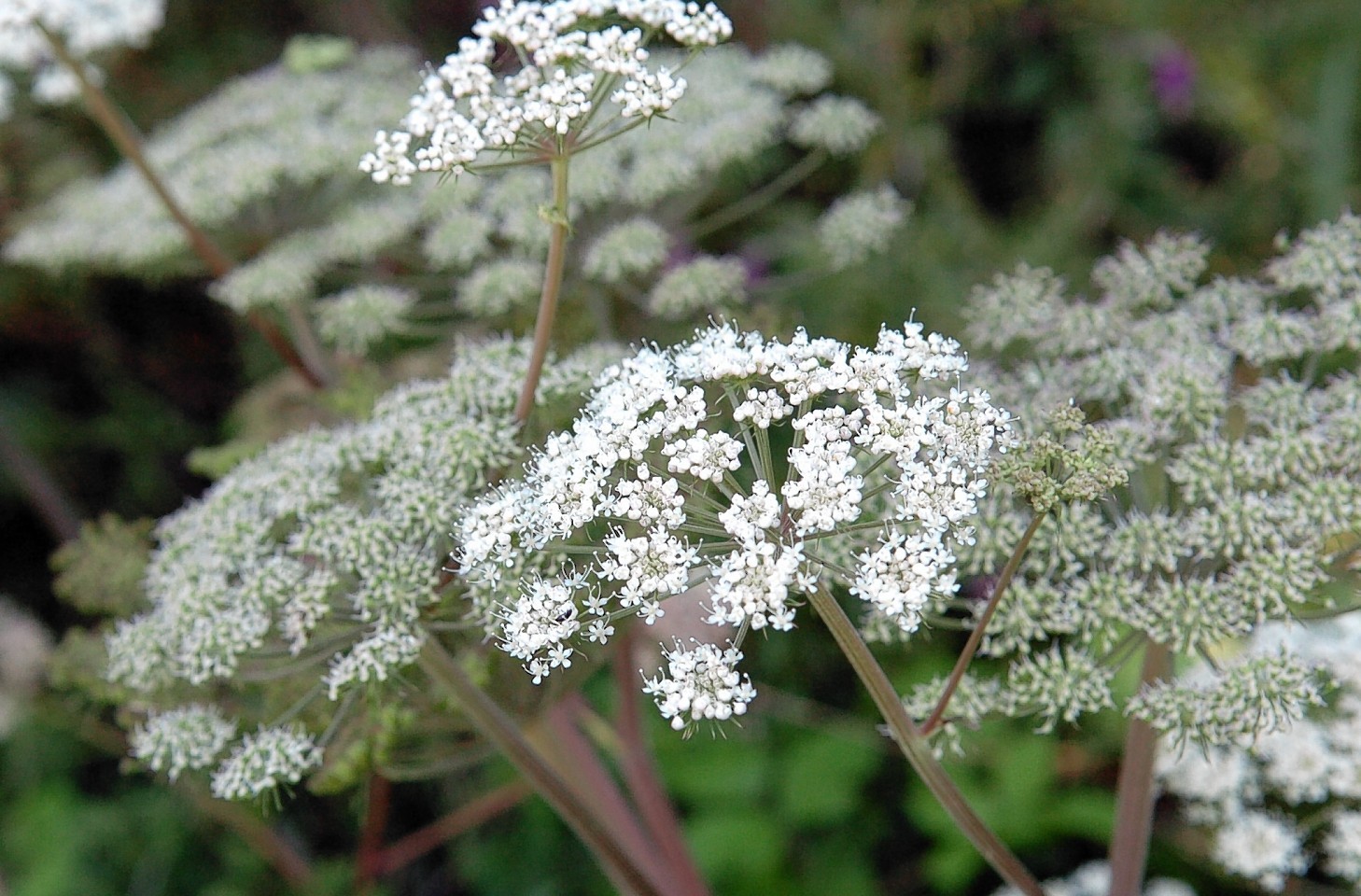Combined action has got giant hogweed on the run alongside a Highland waterway.
The invasive species used to be a noticeable feature for motorists on the A96 heading out of Nairn, but due to the commitment of the riparian owners along the Auldearn Burn and its tributaries it has been decimated.
Giant hogweed has been cleared from nearly half of the catchment and the remaining area has only scattered plants, not a dense forest as before.
Bowlts Chartered Surveyors, who assisted with the combined action by landowners said this shows that concerted management over a number of years can get rid of this invasive species that shades out native vegetation and whose sap can cause nasty blisters and recurring photosensitivity of the skin.
In 2006 a meeting of various interested parties was convened in Nairn and the outline of a control programme paid for by the riparian landowners was agreed.
Bowlts agreed to draft the agreement and contact the owners in its own time. The plants were sprayed in the spring by a single contractor who covered the whole of the catchment. After six years of control there are now few plants in the catchment and these are sprayed before flowering so any new plants grow from dormant seeds, which can persist for seven years. As there are fewer plants to spray, the ground can be covered more quickly reducing the costs that the landowner has to pay.
The native vegetation has recovered from the shading out from the dense stands of giant hogweed and many wildflowers now grace the banks of the burn.
SNH and Highland Council provided funding for Bowlts to oversee the project.
The success of the project led to work being expanded to the Littlemill Burn in Munlochy on the Black Isle. The same protocol was followed with the area of giant hogweed mapped to its furthest upstream extent, and the owners contacted and asked to pay for the spraying on their land.
The Munlochy project has been underway since 2010 and has greatly reduced the number of plants in this catchment and it is hoped that by 2020 giant hogweed will have been eradicated from both catchments.
The much larger catchment of the River Nairn still has large areas of giant hogweed, Himalayan balsam and Japanese knotweed. These have been under control since 2012 by the Findhorn, Nairn and Lossie Fisheries Trust. The control effort is taking place in the catchment above Nairn itself and once the plants are well under control there the work will move downstream into the town.
Giant Hogweed is a member of the carrot family and can grow to over 10ft in height. It was first recorded in the UK in 1828. It was originally planted as an ornamental plant in large Victorian gardens. It sets tens of thousands of seeds and rapidly colonises river banks and adjacent ground shading out all other vegetation. The small number of source populations and the cooler climate in the north has constrained this species’ expansion. However in the last 20 years the climate has been getting warmer allowing the expansion of this previously localised species.
